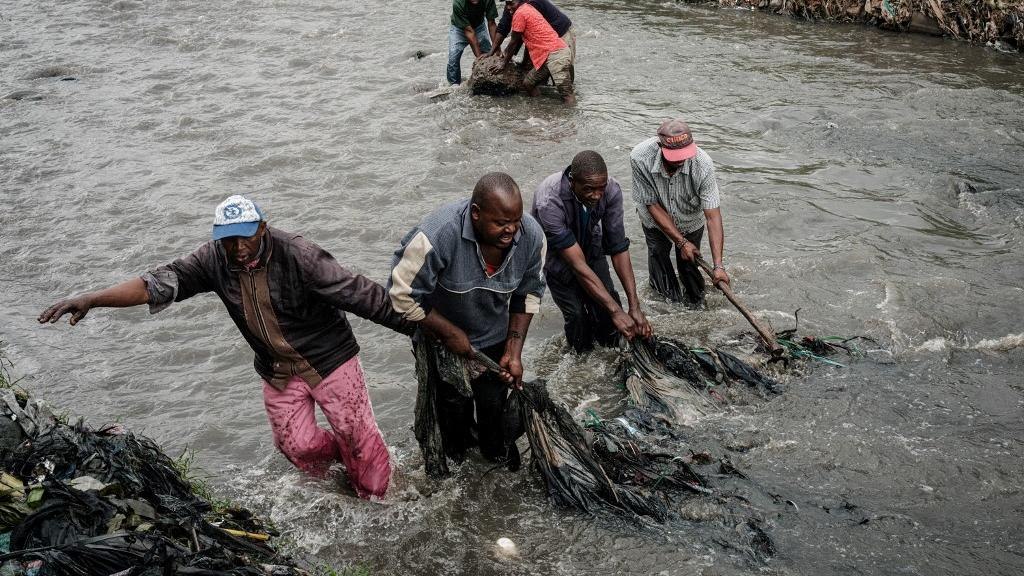River Yala, which originates from Nandi Escarpments water tower and traverses Kakamega and Siaya counties, is now a floating mortuary!
A tributary of Lake Victoria, River Yala is one of the major rivers in Western Kenya and a source of livelihood to many who depend on it for agriculture and fishing.
Recent goings-on are shocking to the core! Today, the river whose basin size is 3,351 square kilometres is an embodiment of the moral decadence that speaks to the Kenyan moral climate.
For a long a couple of months now, River Oldonyo Sabuk has drifted from media focus as the dumpsite for human dead bodies, and passed the mantle to River Yala.
How could we allow ourselves to sink to the cesspool of morass? What happened to the African primordial values that enhanced relations and valued humanity?
African morals, in the thinking of John Mbiti, lay great emphasis on societal conduct since a basic African view is that the individual exists only because others exist.
From the untold suffering of a river grappling with effects of human activities, the river that stretches 219 km is now the dustbin for victims of murder most foul.
A study conducted in 2019 by Patience Okune established that sand mining, pollution and deforestation were major threatening factors to the survival of River Yala.
Deforestation, in particular, was found to be a risk to Yala swamp, Kenya’s freshwater wetland which is home to the endangered sitatunga antelope. Besides being an important ecosystem, this swamp acts a natural filter for a variety of biocides and other pollutants from the catchment area.
Similar studies suggest that flooding has been occurring for a long-time, wreaking havoc in the basin which has experienced loss of lives, destruction of property, outbreak of water borne diseases and siltation of arable lands that have followed flood events.
In addition to blockage by obstacles such as sticks, pieces of clothes and other solid wastes, the threat of dead and mutilated bodies dumped into the river is alive and well.
Nicholas Okero, reported to be a driver who has been helping the police says he has retrieved at least 30 bodies since August last year.

The police however insist that the bodies had accumulated over the last two years. In my view, the conversation should shift from the period when the bodies were first retrieved to what can be done to stop such crimes against humanity. Most of these bodies, notes Human rights activists, were in sacks with some tied up.
Among those whose bodies were retrieved include that of a businessman identified as Philemon Cheruiyot, a brother to Meshack Chepwony of Kipkelion.
Those behind the heinous killings and subsequent dumping seem to have adopted clandestine operations to conceal their nefarious activities. I attribute this to security lax and call upon the government armed with her full arsenal, and with utmost obeisance to the rule of law, to summarily descend on the miscreants behind such wicked acts.
Anecdotal evidence show that these are people who may have been killed in other areas then dumped into River Yala.
Agonizingly, hardly a week passes before a body is retrieved from an innocent river unable to speak for itself. The primary object of the national security organs [comprising the Kenya Defence Forces, the National Intelligence Service (NIS) and the National Police Service (NPS)] as enshrined in the constitution, is to promote and guarantee national security.
Constitution of Kenya defines national security as the protection against internal and external threats to Kenya’s territorial integrity, its people, their rights, freedoms, property, peace, stability and prosperity, and other national interests.
One can only surmise, given the recent happenings in River Yala, that the indispensable duty entrusted upon the hands of NIS together with the NPS remains a theatre of the absurd.
The writer is a communications specialist
